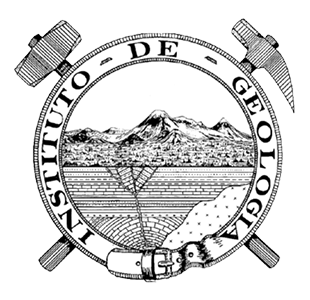Abstract
The distribution of radiolarian assemblages in the surface sediments of the southeastern Pacific reflects the westward advection of the Chile Current away from the coast and its mixing with Subtropical Water. This oceanic process, occurring along the eastern section of the Nazca Ridge (~ 20° S), is influence by the trade wind field, disrupts the Subtropical Convergence and leaves backwater near the coast. Late Pleistocene glacial-interglacial fluctuations of this ocean circulation are reconstructed using radiolarian assemblages in core H96-Tg7 (17°14.04’S, 78°06.16’W). Glacial episodes exhibit more intense ocean circulation than interglacial episodes. Extreme southern incu rsions of Subtropical Water occurred during Marine Isotope Stages 11, 5 and 1, suggesting that extremely warm climate conditions occurred episodically.

This work is licensed under a Creative Commons Attribution 4.0 International License.








